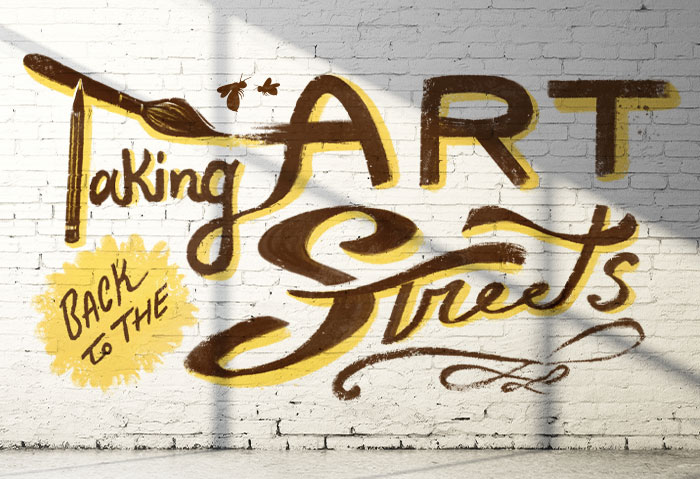Brand Tribalism: The Good, The Bad and the Community

I had a creative director not too long ago who loved to talk about people finding their tribe. It was his shorthand to explain both human instinct and consumer instinct, to refresh our marketing minds about self-identity and the role brands play. Then, tribe seemed to me like a hippy-dippy term that gave our work an air of gravitas beyond the cold, hard need for sales. It reminded us that what we do has the power to impact our culture.
These days, tribe is having a moment of a different kind. Tribalism has ridden the backs of our filter bubbles to give the public consciousness a general attitude that sits somewhere between fear and outright hatred of those we see as different from ourselves. Free of my flower power commune connotations, today’s tribes—at least the ones dominating the news cycle—have, in large part, taken the whole self-identity thing too far, prizing what they’re a part of above what they stand for.
Your Brand: The Movement
In this heightened atmosphere, is it possible these same tribalistic tendencies have found their way into the consumer world? Movements like #GrabYourWallet make it hard to say no. Politics, consumer activism and unfortunate brand hijackings aside, micro-targeting has made it easier than ever for a brand to find its tribe. And the social media mix, with its influencers and bedroom-based talking heads, fuels a kind of brand tribalism that can turn your brand into a movement. But at what cost?
I would never dispute the fundamental truth that a brand needs to find its audience. I would also never dispute adapting to the modern media landscape to reach them. But in our efforts connect to our exact people and spark organic growth, it’s more important than ever that we know what we stand for and have a clear narrative to back it up. Otherwise you may find yourself part of a movement you didn’t start that’s taking your brand places you don’t want to go.
Brand Tribalism Is a Tough Needle to Thread
We all know it’s a noisy marketplace and loyalty is harder than ever to come by. It doesn’t matter if you call them customers or clients, they’re all are at their savviest. To win them over and keep them on your team, they need to see themselves or their business in your brand.
In today’s marketing world, conventional wisdom says get smaller. If you’re all things to all people, there’s nothing to personally identify with. But as you get smaller, make sure you’re doing it for the right reasons. With our interconnectedness as a fact of life, people’s drive to stand out—to use brands to self-identify and identify their unique tribe—is at a fever pitch. As more people use your brand to define themselves, so will their identities come to define your brand.
If this two-way street is going to run smoothly, it needs firm ground rules, and that means your brand needs a purpose, clear values and a strong narrative. Without them a brand is just a hollow symbol of values someone else has placed on it. With every leap in corporate size, every new phone and every running innovation, it becomes harder to comfortably worship at the alter of Apple or Nike. In their current forms, they are as much a status symbol as they are changing how we live or stay in shape. Put another way, tribal membership is as much or more important than what the tribe stands for.
Skip the Tribe and Build a Brand Community
Tribe, community, same thing right? Maybe. Where brand tribalism links people together around shared belief in a brand, a brand community links people by a shared belief in a brand, and adds to the mix agreed upon values that inspire connection between consumers. Tribalism says, we define ourselves this way and you don’t. Community says, we define ourselves this way, do you agree and, if so, would you like to join us?
Communities still allow brands to be hyper specific and identify the right consumers for them. But they draw consumers in by more than association, preferring a sense of shared narrative and shared purpose.
You can see it with “Truth,” the first and so far only ad campaign the New York Times has ever done. As their brand VP put it to Ad Age, “There’s a national dialogue going on now about facts and truth and how does one know what the truth is… People don’t always understand what it takes to do quality original reporting, but when they do, when that becomes part of the dialogue—about how one finds the truth and about the role journalists can play, they are more interested in supporting it.” Translation: we’re building a community of shared values.
In the fashion world, where the label means everything and has the ultimate power to include or exclude, brands like Volcom are taking a stand. Their “Volcom for Everybody” campaign takes on gender norms and body shaming with an explicit focus on women and the value of inclusion.
On BatesMeron turf, we work with all our brands to help them foster a sense of community. Porter Pipe & Supply focuses on productivity through partnership. Happy Work Spectacular Life asks clients to be part of their life-changing and career-shaping mission. Fredman Design Group wants to help you discover how interior design can enrich your soul.
Each of these examples shows the power of inviting customers to be part of something bigger than the brand itself. This is always what I pictured when I was first introduced to tribalism in the marketing sense of the term. This was how I thought we could put our creative energy to use to help a brand be successful and put their stamp on our culture.
Even when the world isn’t exactly singing Kumbaya, when there’s a tendency to obsess over what separates us, my former creative director’s sentiment still rings true. But reflecting on it now, I’d say our community rather than our tribe is really what we should be looking to find.
Suri Cruise and the Secrets to Establishing Voice
Why It’s Important to Keep Your Website Up to Date
Teamwork: BMSD On Working Together










